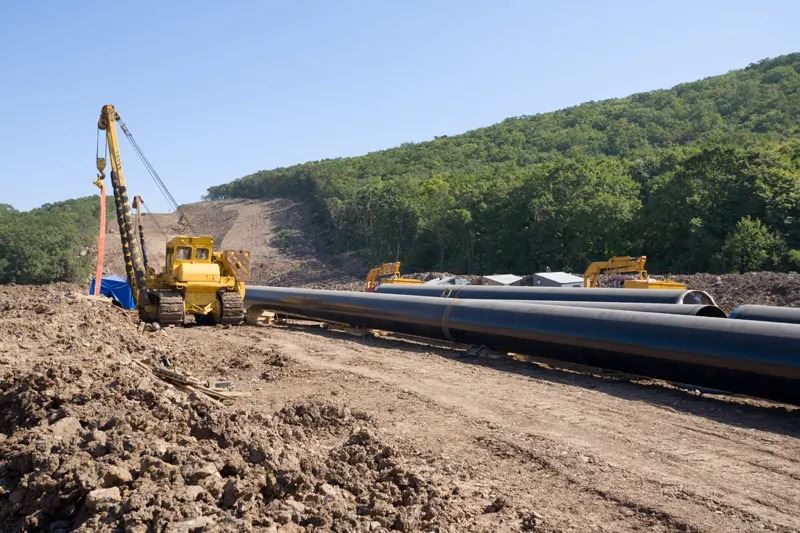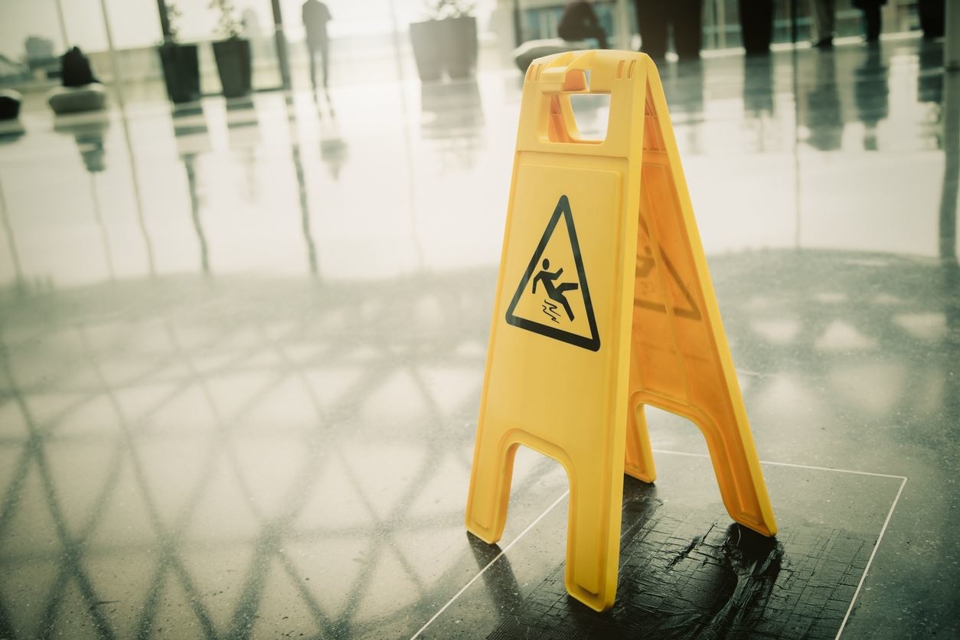Pipelining is one of the best oilfield jobs around, especially for those who love working outdoors, making good money and meeting great people on the road. However, oil and gas pipeline workers know the job comes with risks. The key is to minimize those risks.
Oil and gas pipeline work is inherently dangerous. Operating heavy equipment, moving thousand-pound joints and navigating the work site requires an alert mind and solid safety practices. Most pipeline workers follow safety regulations to the letter, knowing it can save their lives.
Unfortunately, accidents aren’t often the fault of the pipeline worker. When oil and gas companies are trying to save a buck, they may skimp on proper employee safety training, conduct sloppy equipment repair and maintenance, and bypass other precautions.
It’s important for pipeline workers to know that their safety is ultimately in their own hands. No matter how safe the company may seem, there are still safeguards you must take on your own.
High Severe Injury Rate for Oilfield Pipeline Workers
Pipelining has one of the highest injury rates of all jobs. Reports suggest pipeline work has a fatality rate 3.6 times higher than the average U.S. worker.
With around 2.5 million miles of pipeline running across the U.S., crews are installing at least one mile per day. Injuries can occur at any stage: clearing the land, digging trenches, blasting stone, loading excavators, transporting heavy pipe via sidebooms, cleaning equipment, flagging traffic, and restoring land.
Falling pipe loads and oilfield truck accidents can cause severe injuries (including fractures, neck and back injuries, amputation and traumatic brain injuries) and death. Pipeline workers are also at high risk for dehydration and heat stroke.
Pipeline maintenance and repair work is equally dangerous. Completed pipes can leak, spill, catch fire or explode with little notice, causing severe burns, blindness, and hearing loss. Many injuries occur in remote areas, where emergency response could take a long time to arrive.
Though most pipeline workers remain alert and follow proper safety protocol, accidents can still happen due to faulty equipment, poor worker training, negligent supervision, fatigue from overwork, or improper equipment repair.
Top 8 Oil and Gas Pipeline Worker Safety Tips
Our Top 8 Pipeline Worker Safety Tips can help ensure a safe day on the job:
- Avoid working alone whenever possible. A co-worker’s quick response can save your life.
- Don’t attempt machinery or equipment repairs yourself, even seemingly minor maintenance. Request help from a repairman or foreman.
- Get adequate sleep, at least six to seven hours, if possible.
- If you are injured, alert co-workers and supervisors as soon as possible. Seemingly minor head injuries can worsen rapidly over time, becoming fatal within hours.
- Plan ahead. Observe your work area, know your job, and gather the tools needed before you start.
- Stay aware of your surroundings. Don’t hang around high traffic areas or parked vehicles.
- Stay focused while handling machinery, equipment, and vehicles. Don’t become distracted.
- Stay hydrated. If you’re feeling dizzy or disoriented, stop working, get to a safe place, and tell a coworker.
Stay alert, stay safe, and enjoy your job as a U.S. pipeline worker.
If you or a loved one are injured on a pipeline job, you may be eligible for significant financial recovery. Our Corpus Christi -based Williams PLLC oilfield injury attorneys represent injured pipeline workers in Texas, North Dakota, the Gulf of Mexico and across the nation. For a free, confidential case evaluation, contact Williams PLLC today. (361) 866-5535 or Connect Online.






